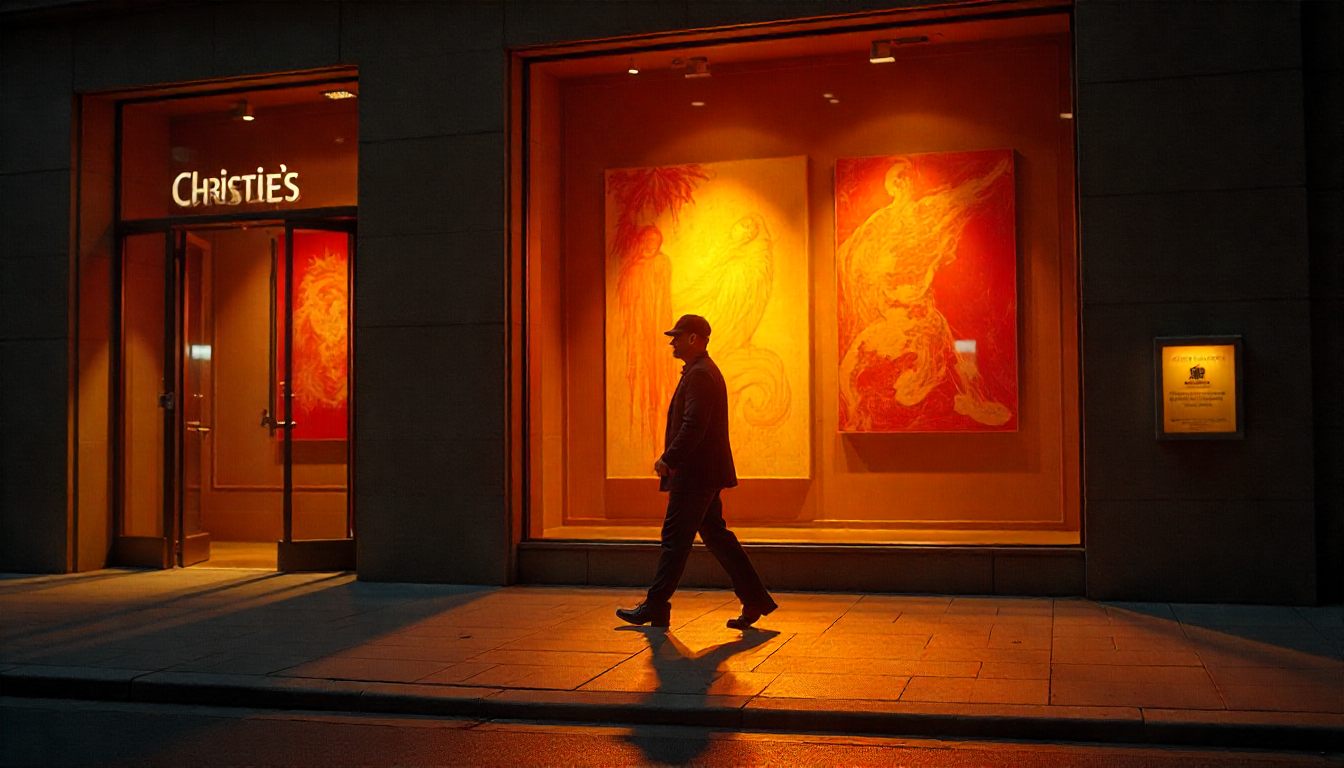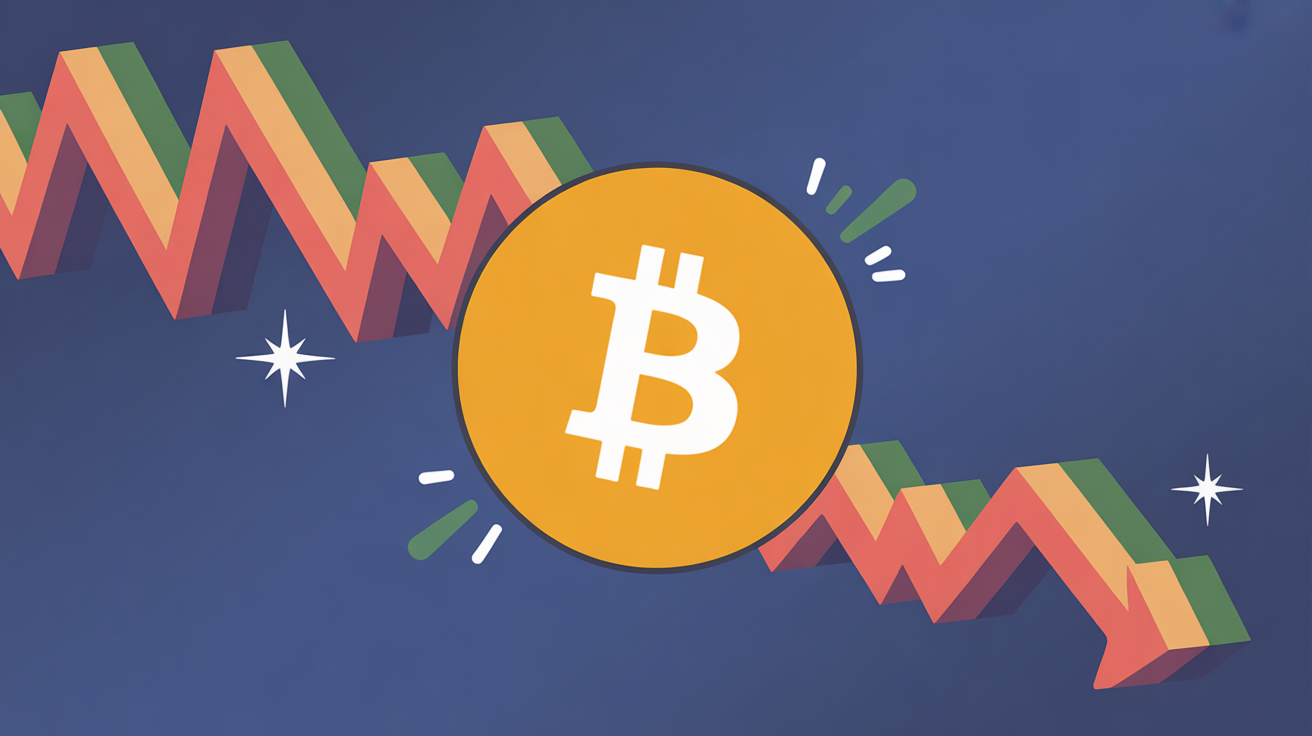Christie’s Shuts Digital Art Division as NFT Market Remains Weak
Christie’s has closed its digital art department, ending a brief but notable experiment that integrated Non-Fungible Tokens (NFTs) alongside traditional auction items like paintings and sculptures, according to Now Media.
Two staff members, including Vice President of Digital Art Nicole Sales Giles, departed at the end of August, while specialist Sebastian Sanchez will remain in New York. Giles had been a central figure in Christie’s digital push, notably speaking at last year’s Art+Tech Summit in Hong Kong during Fintech Week.
At the summit, Giles highlighted that Christie’s approached NFTs with the same valuation discipline as traditional artworks, emphasizing a key difference: the role of community engagement. “What’s unique with digital art is the community engagement aspect, which absolutely comes into play in a way it never has with traditional art,” she said.
Experts acknowledged that NFT valuations remain unsettled. Angelle Siyang-Le, director of Art Basel Hong Kong, noted: “We do not yet have a standardized understanding of [digital art’s] value… The excitement created awareness, but the next step is aligning standards of value.”
Market data underscore the sector’s fragility. NFT trading volume fell 45% last quarter to $867 million, even as sales counts rose 78% to 12.5 million, according to DappRadar. Floor prices for top collections remain well below their peaks: CryptoPunks trade around 46.6 ETH ($210,000), Bored Apes at 9.1 ETH ($41,000), and Moonbirds at 2.8 ETH ($12,600). By comparison, Ethereum has surged 76% over the past three months to $4,509, outperforming the NFT market.
Some commentators suggest Christie’s retreat reflects economic realities rather than a full exit, as NFTs are increasingly integrated into mainstream contemporary art sales rather than maintained as a separate collectible category.
Christie’s closure underscores the challenges NFTs face in establishing lasting value. Without clearer valuation standards and broader market consistency, digital art risks remaining an adjunct to traditional art rather than sustaining a market of its own.





